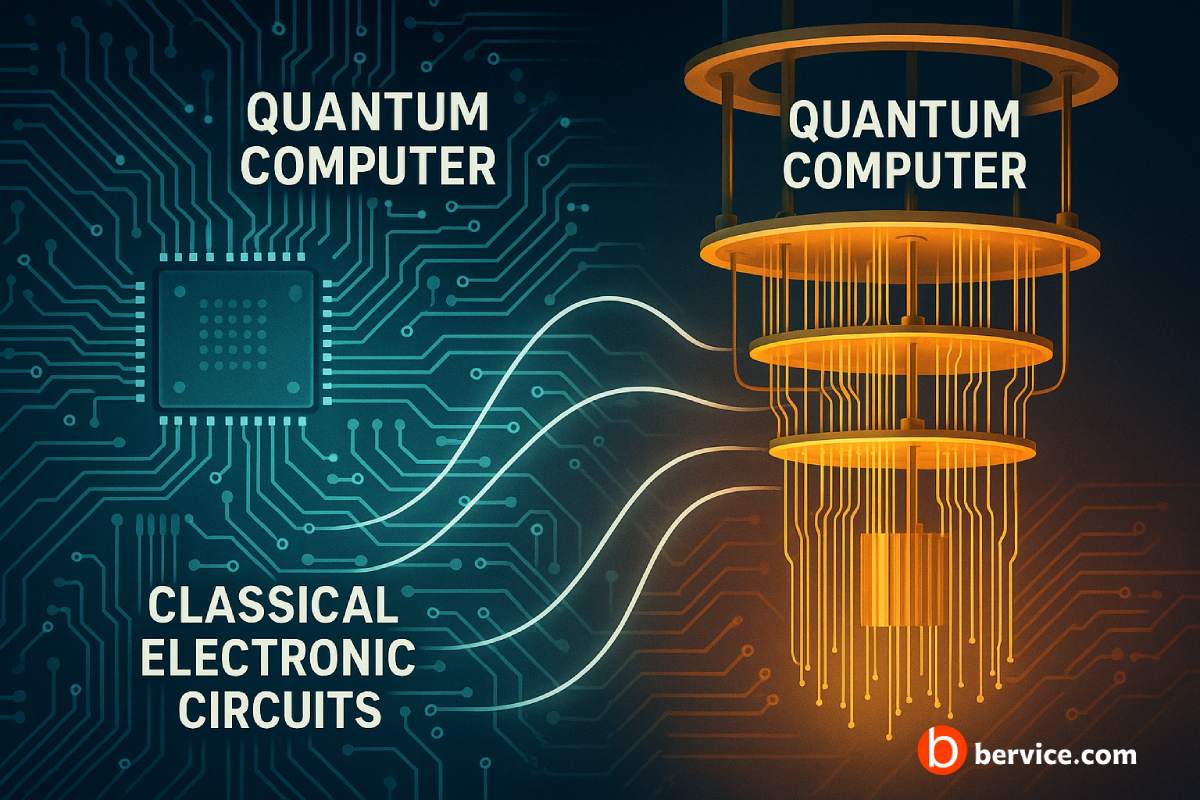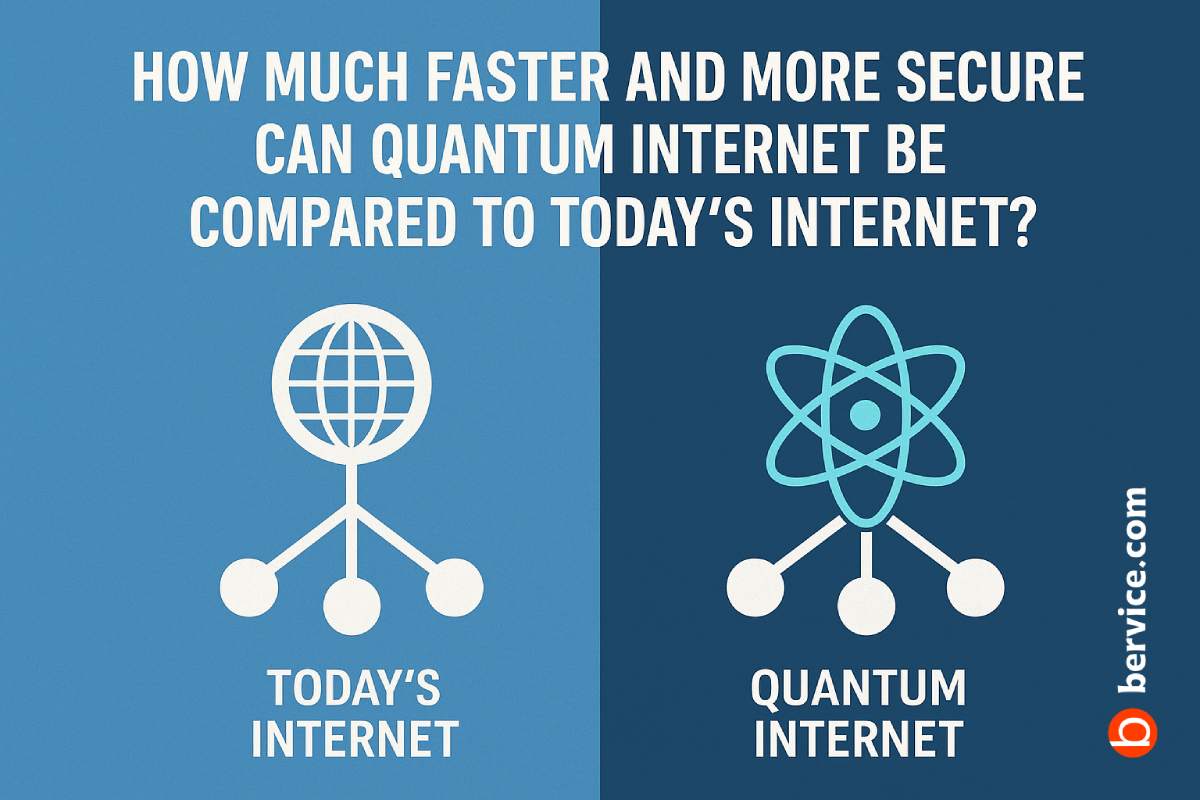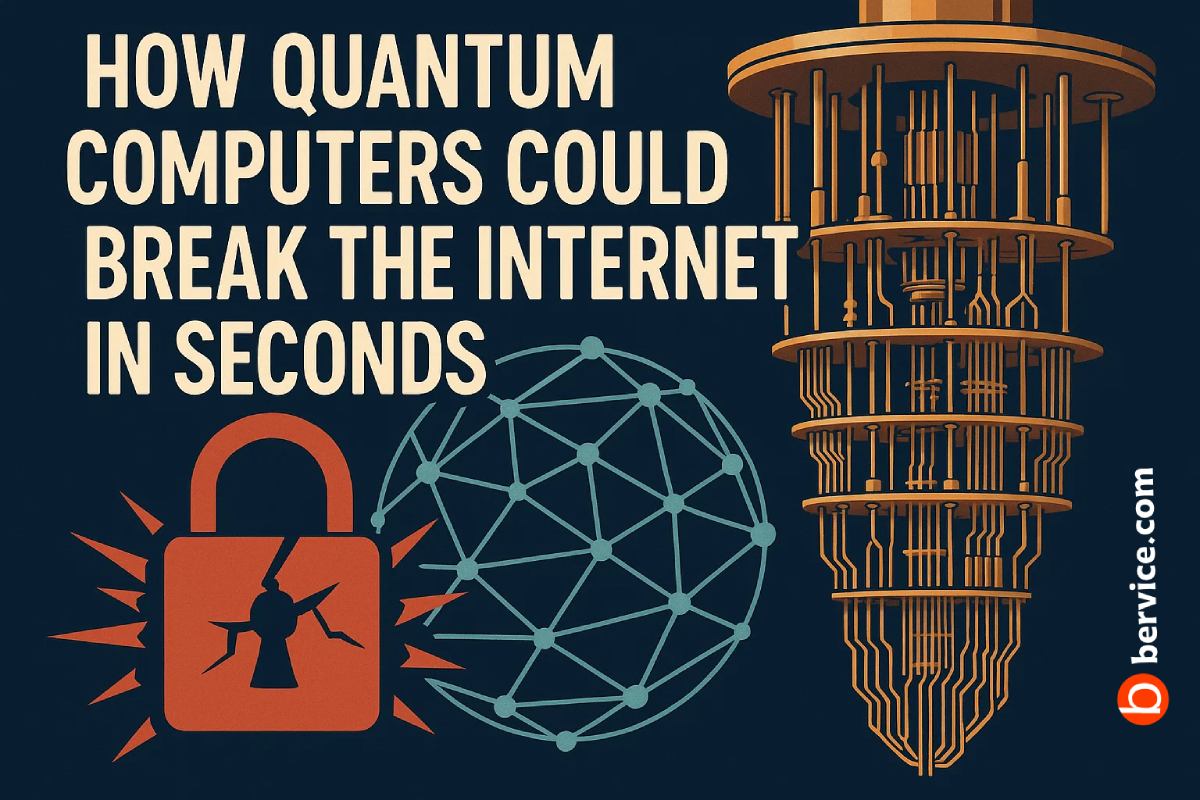
As quantum computing transitions from theory to practical application, the future of information security stands at a critical crossroads. Classical cryptographic systems — once considered unbreakable — face imminent obsolescence in the face of quantum algorithms like Shor’s and Grover’s. In response, Post-Quantum Cryptography (PQC) has emerged as the leading defense line, particularly when integrated with blockchain technology to build tamper-proof, future-ready information systems.
🔐 What is Post-Quantum Cryptography (PQC)?
Post-Quantum Cryptography refers to a set of cryptographic algorithms that are secure against both classical and quantum computers. Unlike traditional public-key cryptosystems such as RSA and ECC, which are vulnerable to quantum attacks, PQC relies on mathematical problems that remain hard even for quantum machines — including:
- Lattice-based cryptography
- Multivariate polynomial cryptography
- Code-based cryptography
- Hash-based signatures
These algorithms are designed to withstand the computational power of future quantum computers, offering long-term protection for sensitive data.
🌐 The Role of Blockchain in a Quantum-Resistant Future
Blockchain, by its nature, provides decentralized, transparent, and immutable records. However, most blockchain systems today rely on cryptographic primitives that quantum computers could break. By integrating PQC into blockchain protocols, we can ensure:
- Quantum-safe transactions
- Tamper-proof decentralized identities
- Secure multi-party computations
- Confidential communication between nodes
The fusion of PQC and blockchain ensures both present-day efficiency and future-proofing against quantum threats.
🔁 Hybrid Encryption Models: Transition Strategy
While fully quantum-secure systems are still under development, hybrid cryptographic models are being adopted to bridge the gap. These models combine:
- Classical cryptography (e.g., RSA/ECC)
- Quantum-resistant algorithms (e.g., Kyber, Dilithium)
This dual-encryption model ensures backward compatibility while paving the way for secure quantum-era infrastructure.
🏛️ Global Movement and Standards
Institutions like NIST (National Institute of Standards and Technology) are spearheading global efforts to standardize PQC algorithms. Leading blockchain platforms (e.g., Ethereum, Hyperledger) are beginning to experiment with PQC-compatible consensus and wallet designs.
🛡️ Real-World Applications
- Healthcare: Protecting medical records with PQC-based encryption on blockchain ensures both privacy and integrity.
- Finance: Quantum-resistant smart contracts provide robust protection for decentralized finance (DeFi).
- Governments: National archives and identity systems can be secured against future espionage and leaks.
🚀 Conclusion: Future-Proofing Begins Now
The convergence of Post-Quantum Cryptography and Blockchain isn’t just a theoretical necessity — it’s a practical imperative. Organizations and governments that adopt these technologies now will be the ones who define the secure digital landscapes of tomorrow.
📌 Key Takeaway: “To protect the future of data, we must start encrypting like it’s already the quantum era.”
Connect with us : https://linktr.ee/bervice





